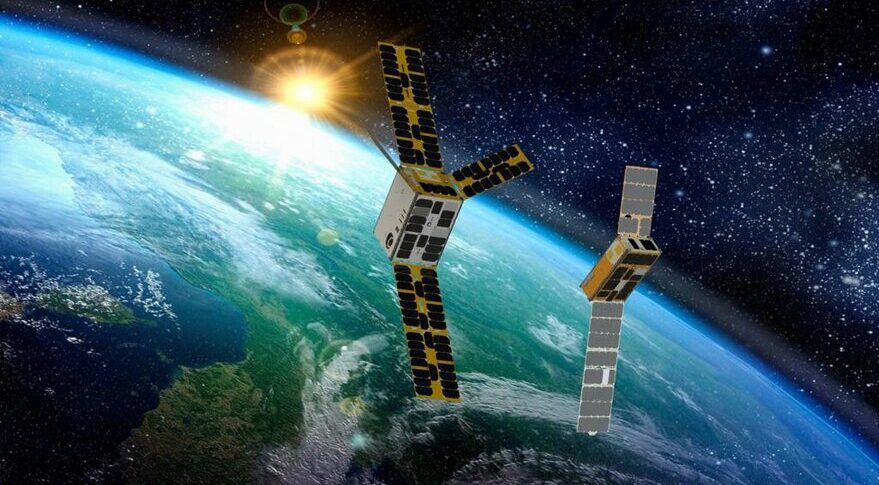A small British startup Open Cosmos invites everyone to participate in the creation of a joint satellite constellation called OpenConstellation. It should provide participants with images of the earth’s surface taken in different parts of the spectrum.

What is OpenConstellation?
At a small International Astronautics Congress taking place these days, a small British startup Open Cosmos invited countries, organizations and companies to participate in the creation of a new satellite constellation called OpenConstellation.
Open Cosmos hopes that OpenConstellation will consist of 25 satellites equipped with sensors that will be able to observe the Earth’s surface in different parts of the spectrum and with different resolutions.
It is expected that the participants will build and launch satellites separately, but they will work as one. All participants will have access to the entire volume of information collected by the satellites.
This is reminiscent of the integrated surveillance system that Iceye and Satlantis recently announced. But there we are talking about SAR and optical band satellites working as one, and OpenConstellation will combine a much larger number of bands.
Who will build the satellites
Of course, to process all this data and extract geospatial information from them, Open Cosmos will have to create specialized analytical centers, but compared to the construction and launch of satellites, they will not be a very difficult task.
At the same time, it is already known about the construction of the first six satellites within the framework of the OpenConstellation project. Their creation was taken over by space organizations from the UK, Spain and Portugal.
It is known that among these satellites there will be a multispectral satellite of the startup Open Cosmos itself, consisting of 12-unit cubesat connected together, as well as a multispectral device of the company 6U, which will produce an image in 32 bands with a resolution of 4.95 meters per pixel.
According to spacenews.com
Follow us on Twitter to get the most interesting space news in time
https://twitter.com/ust_magazine
